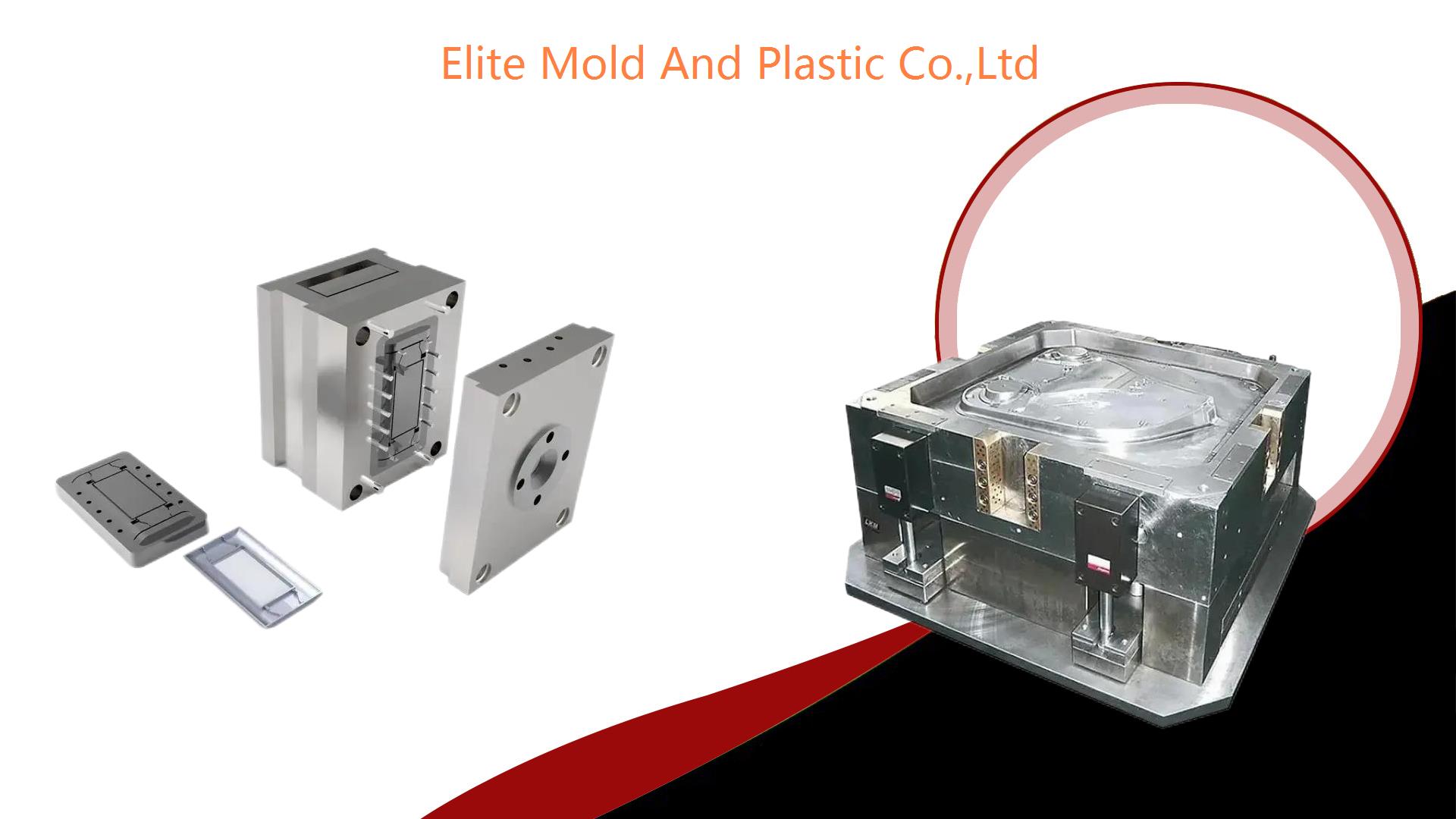Best Practices for Mold Gate Design to Enhance Plastic Injection Molding
As an experienced plastic injection mold manufacturer based in China, Elite prides itself on delivering high-quality injection molds and molded parts at competitive prices. Through years of experience, we’ve developed advanced techniques that ensure optimal efficiency, precision, and durability in every project. One critical aspect of the injection molding process that often determines the success of a product is mold gate design. In this article, we’ll explore best practices for mold gate design to enhance plastic injection molding.
Understanding Mold Gate Design
Mold gate design refers to the process of determining how the molten plastic enters the mold cavity during injection molding. The location, size, and shape of the gate can significantly affect the quality of the finished product. A well-designed gate ensures:
- Proper filling of the mold cavity
- Minimal defects such as warping, shrinkage, or flow lines
- Improved part strength and appearance
- Enhanced production efficiency
Types of Mold Gates
There are several types of mold gates used in plastic injection molding, each with its own advantages depending on the specific part design and material. Some common types include:
- Edge Gate: Located on the edge of the mold cavity and commonly used for large, flat parts.
- Submarine Gate: Positioned below the parting line, often used for small, delicate parts.
- Pin Gate: A small gate used for multi-cavity molds, producing minimal gate vestige.
- Hot Runner Gate: Utilized in molds with a hot runner system, keeping the molten plastic at an optimal temperature throughout the process.

Best Practices for Mold Gate Design
At Elite, we incorporate the following best practices to ensure superior plastic injection molding results:
1. Select the Right Gate Location
Importance of Gate Location
The gate location plays a significant role in determining the quality of the final product. The right location can:
- Ensure uniform filling of the mold
- Minimize weld lines and air traps
- Reduce warpage and shrinkage
Considerations for Gate Placement
When determining gate placement, consider the following factors:
- Flow Path: Place the gate at a point where the material will flow evenly into the mold cavity.
- Aesthetic Requirements: For parts that require a flawless surface, the gate should be placed in a non-visible area to avoid gate marks.
- Part Geometry: Complex shapes may require multiple gates or a central gate to ensure uniform filling and avoid defects.
2. Optimize Gate Size
Impact of Gate Size
Gate size affects the flow of molten plastic into the mold cavity. A gate that is too small can lead to incomplete filling or excessive shear, while an oversized gate may result in longer cycle times or poor surface quality.
Guidelines for Gate Sizing
- Material-Specific Requirements: Each type of plastic has different flow characteristics. Ensure the gate size matches the material's viscosity and flow rate.
- Avoid Over-Shearing: Keep gate size appropriate to prevent shearing of the material, which can weaken the part and lead to defects.
- Cycle Time Optimization: A gate size that allows for fast filling without over-packing the mold can improve cycle times and efficiency.
3. Gate Shape and Design
Popular Gate Shapes
- Rectangular Gates: Provide a uniform flow but may cause excessive stress in thicker parts.
- Round Gates: Commonly used for cylindrical or round parts, offering smooth flow.
- Tapered Gates: Help maintain pressure as the material flows through, reducing risk of voids or weld lines.
Tailoring Gate Shape to the Product
At Elite, we ensure the gate shape complements the product’s design. For intricate or high-precision parts, we tailor gate dimensions to ensure precise filling and reduced stress marks.
4. Hot Runner Systems for Enhanced Efficiency
Benefits of Using Hot Runner Systems
Hot runner systems offer numerous advantages, especially for high-volume production. These systems allow for:
- Consistent Melt Temperature: Keeping the plastic at a consistent temperature prevents premature cooling and solidification, ensuring smoother part surfaces.
- Reduced Waste: Since the runner stays molten, there’s less material wasted in trimming the sprue.
- Faster Cycle Times: With fewer interruptions in material flow, the overall molding cycle time is reduced, boosting productivity.
Applications for Hot Runner Gates
Hot runner systems are best suited for:
- High-volume production runs
- Parts with complex geometries that require precise control over flow paths
- Materials prone to cooling defects, such as crystalline polymers
Troubleshooting Common Gate Design Issues
Even with the best practices in place, challenges can arise during the plastic injection molding process. At Elite, we focus on early detection and mitigation of these issues.
1. Gate Vestige
Gate vestige is the mark or protrusion left on the part after the gate is trimmed. This can affect the appearance and functionality of the product. To reduce gate vestige:
- Use submarine or pin gates for minimal protrusion.
- Ensure clean trimming of the gate after molding.
2. Weld Lines
Weld lines form when two flow fronts meet within the mold cavity, potentially weakening the part. To minimize weld lines:
- Optimize gate placement to ensure smooth material flow.
- Increase the temperature of the mold to keep the material molten longer.
3. Warping and Shrinkage
Improper gate design can result in warping or shrinkage of the final part. To combat this:
- Place the gate in a location that ensures uniform cooling.
- Adjust the gate size to prevent over-packing or under-filling.
Conclusion
Mold gate design is a critical component of the plastic injection molding process, and adhering to best practices can greatly enhance part quality, efficiency, and overall production success. At Elite, we leverage our extensive experience and advanced techniques to ensure that each mold gate is optimized for the specific requirements of the project, resulting in superior molded parts that meet and exceed client expectations.
If you’re seeking a trusted partner for your injection molding needs, look no further than Elite, your reliable plastic injection mold manufacturer. Our commitment to quality, precision, and competitive pricing makes us the ideal choice for businesses worldwide. Contact us today to learn more about our services and how we can bring your designs to life with unparalleled excellence.
Related news
Our Certificates
By co-operating with Elite Mold, you have selected one of the most reliable ISO 9001 certified plastic mold manufacturer, Elite Mold as a plastic injection mold manufacturer specializing in plastic injection mold and supplying plastic injection molding services for plastic mold design, prototype makings, mold flow analysis, precise machining, OEM services, ODM services and so on, building custom plastic injection molding. We are committed to enhance the Process optimized and quality of service, shorten lead time and assist in lowering inventory, by providing new products every year to bring in continuous and higher profits for our clients. The ability to produce mold at the International standard, strong engineering and mold design capability, aggressive delivery, competitive pricing and business integrity continues to be the success factor of Elite Mold.










